Mold
Mold
What is Mold in Packaging?
Mold is a crucial term in the packaging industry. It refers to a hollow form or matrix used to shape materials. In packaging, molds help create containers, bottles, and other packaging products.
How Does Mold Work?
A mold works by holding the material in a specific shape until it hardens. For example, in plastic packaging, melted plastic is poured into a mold. Once it cools, it takes the shape of the mold, forming the final product.
Types of Molds in Packaging
There are several types of molds used in packaging:
- Injection Molds: Used for creating complex shapes with high precision.
- Blow Molds: Commonly used for making bottles and hollow containers.
- Compression Molds: Used for forming materials under high pressure.
Why is Mold Important?
Mold is essential because it ensures consistency and quality in packaging products. It allows for mass production of identical items, which is vital for brand consistency and customer satisfaction.
Materials Used in Molds
Molds can be made from various materials, including steel, aluminum, and silicone. The choice of material depends on the type of packaging and the production process.
Conclusion
Understanding mold in packaging is key to grasping how many everyday items are made. From bottles to containers, molds play a vital role in shaping the products we use daily.
Blog Posts with the term: Mold
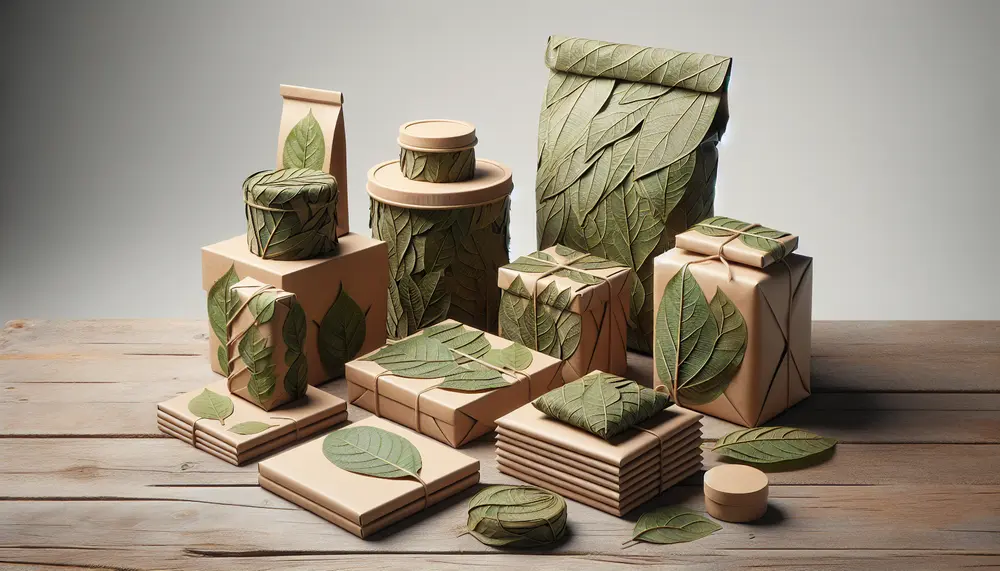
Leaf-based packaging materials are ancient practices re-emerging for modern sustainability, utilizing plant leaves as biodegradable and renewable solutions with minimal environmental impact. They reduce carbon emissions compared to plastic production, decompose rapidly without toxic residues, and align with circular economy...
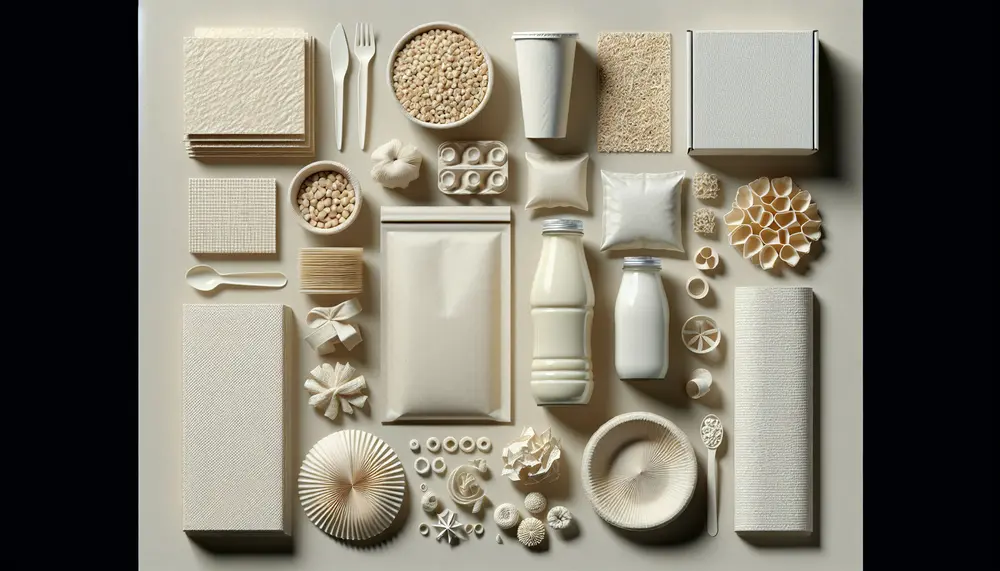
Cornstarch is a biodegradable, eco-friendly alternative to traditional packaging materials, offering similar functionalities with less environmental impact. It's used in various industries for products like containers and bags, reduces reliance on fossil fuels, and supports climate change efforts by emitting...
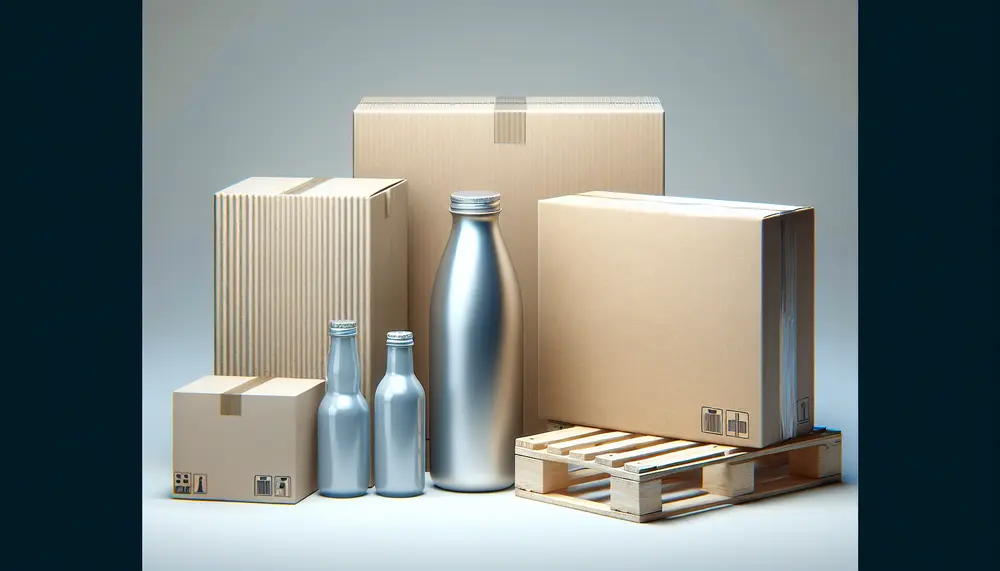
Packaging levels refer to the layers of packaging used from production to consumer, including primary (direct product contact), secondary (grouping and branding), and tertiary (bulk handling). Each level serves distinct purposes in protection, marketing, transportation, and regulatory compliance....

Unique packaging designs enhance gift boxes by creating memorable unboxing experiences and reflecting the giver's care. Personal touches, eco-friendly materials, and innovative design elements can elevate both personal gifts and brand identity. Creative packaging for gifts makes a strong first impression,...
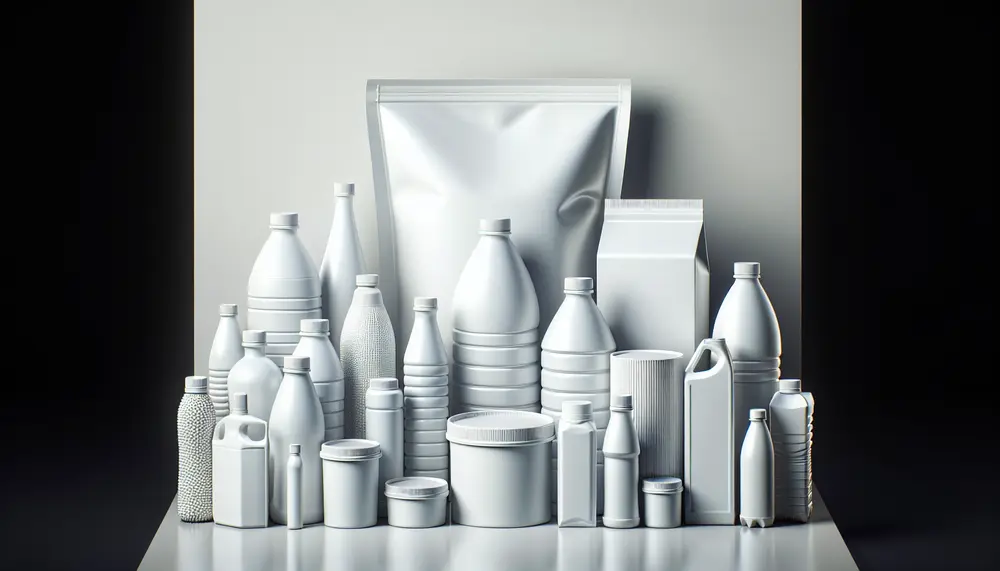
HDPE packaging is valued for its durability, lightweight nature, and resistance to environmental factors. It's versatile in shape and size customization, cost-effective during transport due to its light weight, and environmentally friendly as it's 100% recyclable. High-density polyethylene (HDPE) is a...
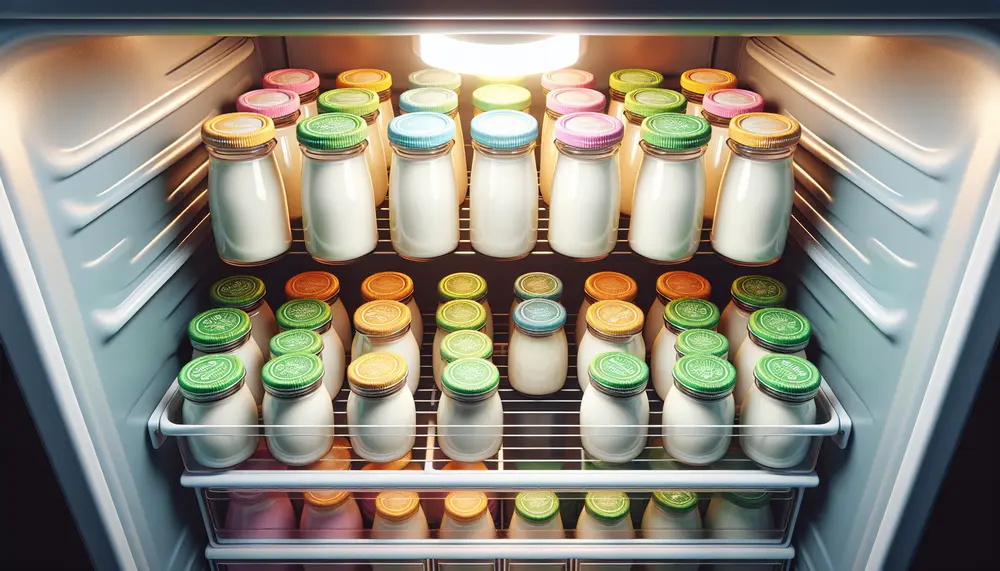
Yogurt packaging is essential for maintaining freshness, quality, and safety; it requires an effective barrier against oxygen and light, strength during transportation, regulatory compliance for food contact, and advanced sealing technology. Innovations in the market include smart features like freshness...

Packaging in agriculture is crucial for protecting produce from farm to market, maintaining quality and freshness, and enhancing logistical efficiency. It reduces waste, ensures food safety, aids branding, and supports global trade by enabling access to wider markets....
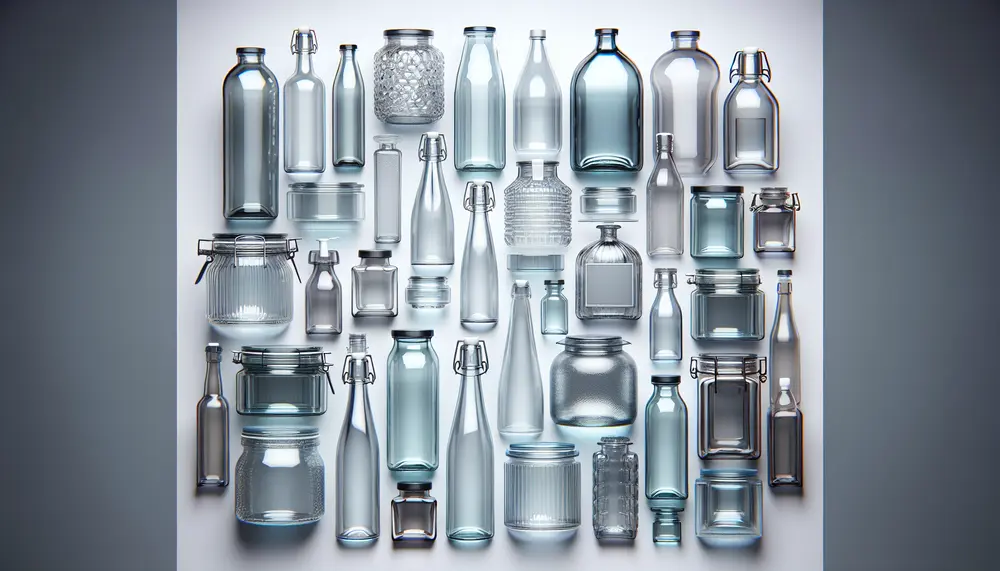
Glass packaging is valued for its durability, inertness, and transparency, ideal for storing various products while being 100% recyclable. Different types of glass like borosilicate and soda-lime are used in packaging due to their unique properties such as thermal resistance...
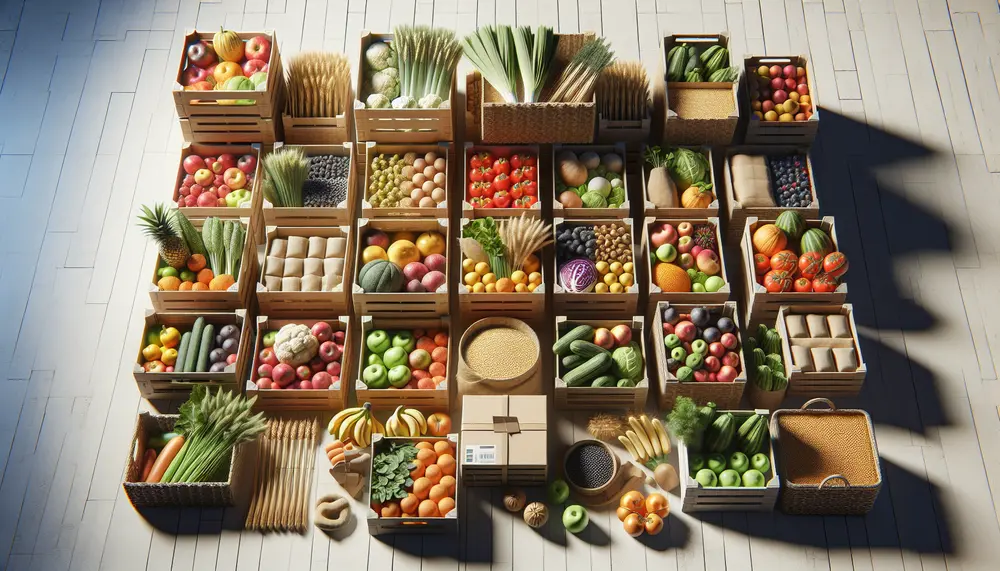
Understanding the Basics of Packaging Materials in Agriculture: Agricultural packaging is essential for protecting produce during transport and extending shelf life, with material choice balancing product needs, efficiency, marketing appeal, and sustainability. Choosing the Right Packaging for Your Agricultural Products: Selecting...

The conical shape is a versatile design element with applications ranging from structural strength to aesthetic appeal, and its dimensions are critical for accurate execution. Its evolution in modern aesthetics spans various disciplines, symbolizing progress and innovation while offering practical...

Packaging materials range from traditional paper and glass to modern bioplastics, each with unique properties affecting product safety, cost-effectiveness, and environmental impact. Selecting the right packaging is crucial for brand identity, customer satisfaction, and sustainability; factors like protection needs, branding...

Effective electronic packaging is essential for protecting devices during transport and storage, impacting customer satisfaction and brand reputation. A guide to materials like plastic cushioning, thermoformed plastics, shielding bags, foams, and desiccants helps in selecting the right protection based on...
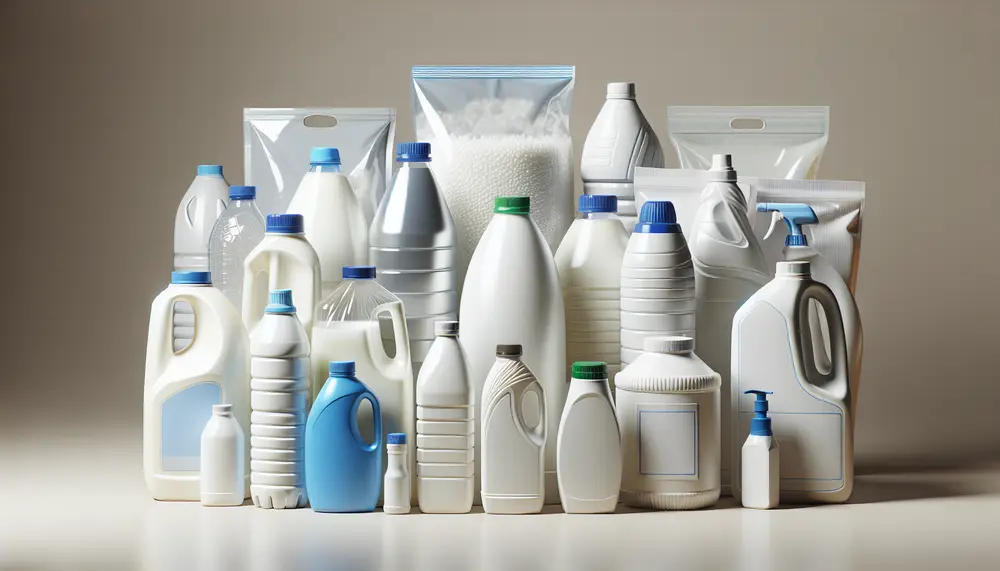
High-Density Polyethylene (HDPE) is a durable, versatile thermoplastic with a high strength-to-density ratio used in packaging, construction, and various other applications due to its resistance to impact and chemicals. HDPE's production involves polymerization of ethylene gas using different methods that...
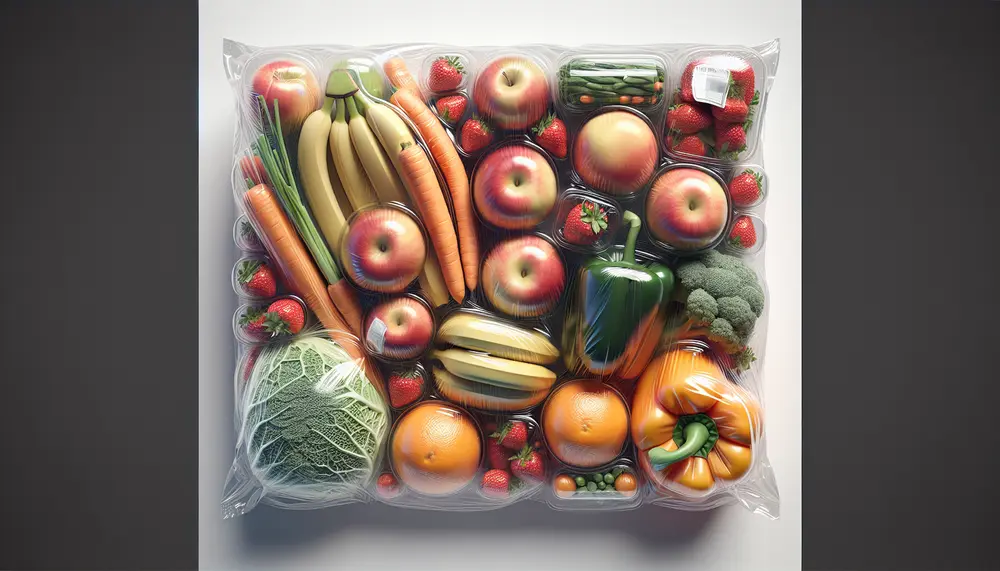
Packaging for fruits and vegetables is crucial in ensuring produce reaches consumers fresh, extends shelf life by controlling moisture and airflow, protects from contaminants, and maintains hygiene. The choice of packaging materials like corrugated boxes or breathable bags depends on...

Packaging design has evolved from mere protection to a complex brand storytelling and consumer engagement tool, incorporating aesthetics, functionality, sustainability, and technology. It enhances user experience through convenience, visual appeal, emotional connection, and by reflecting the product's quality....
